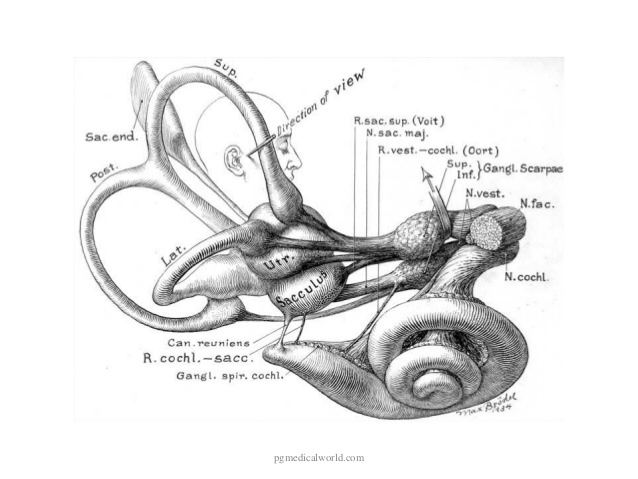Exploring the 8th cranial nerve

Students have sometimes asked me: when should I start worrying about balance? My answer is Never! Worrying doesn’t improve balance. Learning about balance is a better strategy.
Finding fun and safe ways to stimulate your vestibular system is a great way to prevent falls. You can practice small tilts and shifts to keep your vestibular system happy. Surfers have a term for the joy that people feel when their sense of balance is stimulated from being in or on the water: getting stoked!
“Getting stoked” is popular for a reason: it’s fun and it promotes brain and body health, and that’s addictive in the best way. Even folks in freezing cold Wisconsin are crazy for it. The pleasure they get from surfing has helped them stay sane through many life challenges.
People go dancing it because it restores their spirits. Subtle changes in stepping forward and back, side to side, or turning and tilting are such a pleasure for our vestibular system. Add the sound of music – a different kind of wave – and you are really in the land of joy! Joy is the ingredient often missing from exercise.
This week’s video introduces you to the 8th cranial nerve and gives you a simple way you can stimulate your vestibular system to promote postural health:
- Shift your weight side to side (from sit bone to sit bone) when you have been sitting in your chair all day
- Add a turn of the head to your weight shift to activate muscle all around your torso and spine, seeing 360 degrees around you
- Let your head tilt gently side to side, forward and back, look up and down
Your chair does not have to be a torture device. Think of it more like a little mini-playground!
Most of us have only two balance positions in our lives: vertical and horizontal. But what about tilting and turning? If this is you, you are missing out on a lot of fun. You are probably not stimulating your brain and your postural system as much as you should for overall health either.
The 8th cranial nerve evolved to help us orient ourselves in relationship to sound waves and the mass of the earth, first in the water, and then on land. Purely sensory in function, the 8th cranial nerve carries information from these two sense organs to the brain stem:
- The cochlea
- The vestibular organ (actually a collection of 5 separate organ/systems)
It looks like this:

Research is showing that people can recover balancing skills despite the challenges that age, disease, and injury can cause. Alexander Technique can be a big help! That’s great news, because there is no greater disturbance than not knowing where the earth is. If you have ever had vertigo, you know this for a fact. It’s exhausting.
If you want to explore this more in depth, sign up for my next Cranial Nerve Sequencing workshop or book a series of lessons that will transform your posture and lift your spirits.
